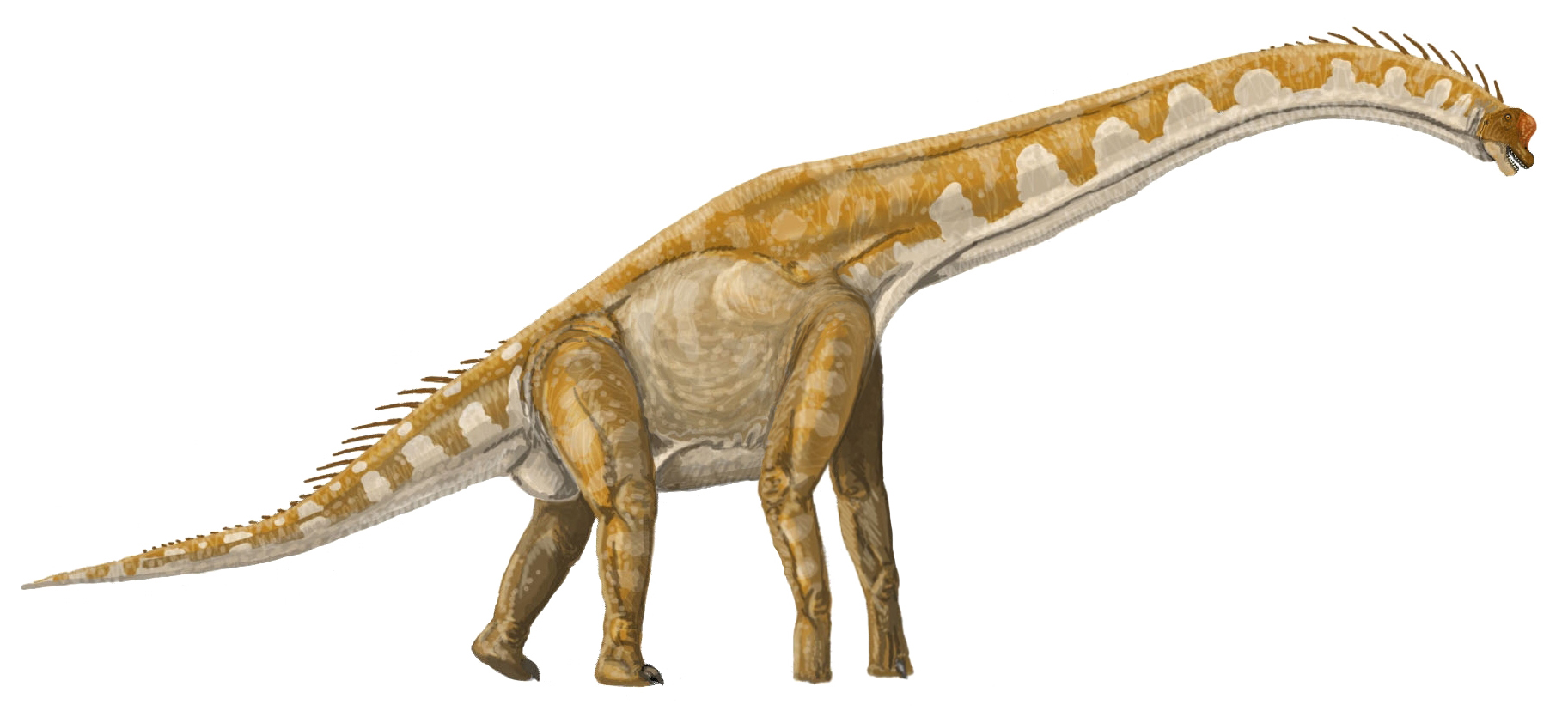 Rob Eagle of Caltech and UCLA and his colleagues from those schools, Universität Bonn, Colorado College, Casper College and the University of Oklahoma have developed a way to take a dinosaur’s temperature by examining its teeth. They found that sauropods had an internal temperature of 36 to 38°C. In comparison, humans have an average body temperature of 37°C.
Rob Eagle of Caltech and UCLA and his colleagues from those schools, Universität Bonn, Colorado College, Casper College and the University of Oklahoma have developed a way to take a dinosaur’s temperature by examining its teeth. They found that sauropods had an internal temperature of 36 to 38°C. In comparison, humans have an average body temperature of 37°C.
A year ago, I wrote a post about how researchers had used carbon and oxygen isotopes found in the teeth of modern animals to determine their internal body temperature. Here’s a recap of that explanation:
As new bone is created in living vertebrates, carbon and oxygen (among other elements) precipitate out of the bloodstream and harden into bioapatite, or mineralized bone. A fraction of that carbon and oxygen will be the isotopes 13C and 18O. Those two isotopes will be clumped together if they were deposited at lower temperatures, but spread more randomly through the bioapatite if they were deposited at higher temperatures.
A year ago, the researchers successfully used isotope clumping (or the lack thereof) to determine the body temperature of mammals and reptiles. At that time, they were eager to try their method on fossilized dinosaur teeth. Now they have. Surprisingly, giant sauropads like Brachiosaurs were as warm-blooded as mammals. Next, the scientists plan to see if smaller dinosaurs were equally homeothermic.
No comments:
Post a Comment